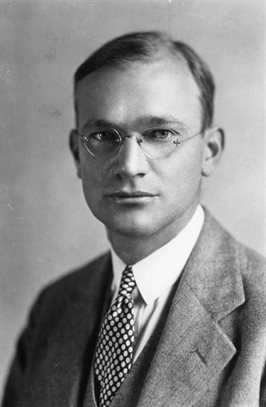Light Energy Examples: Real-Life Applications Illuminated

Light energy, a fundamental force of nature, powers our world in ways both seen and unseen. From the sun’s rays that sustain life to the LED bulbs lighting our homes, light energy is everywhere. Understanding its applications can inspire innovation and efficiency in our daily lives. Let’s explore light energy examples and their real-life uses, illuminating the possibilities this resource offers.
What is Light Energy?

Light energy is a form of electromagnetic radiation that travels in waves. It’s visible to the human eye and plays a crucial role in photosynthesis, vision, and technology. Whether natural or artificial, light energy is harnessed in countless ways, making it a cornerstone of modern life.
Natural Light Energy Examples

Solar Power: Harnessing the Sun’s Energy
The sun is the ultimate source of light energy. Solar panels convert sunlight into electricity, powering homes, businesses, and even entire cities. This renewable resource reduces reliance on fossil fuels and cuts carbon emissions.
☀️ Note: Solar energy is not only eco-friendly but also cost-effective in the long run.
Photosynthesis: Nature’s Power Plant
Plants use light energy in photosynthesis to convert carbon dioxide and water into glucose and oxygen. This process sustains ecosystems and provides the oxygen we breathe.
Artificial Light Energy Examples

LED Lighting: Efficiency Meets Innovation
LED lights are a prime example of light energy in action. They consume up to 80% less energy than traditional bulbs and last significantly longer. From homes to streetlights, LEDs are transforming how we illuminate our world.
Fiber Optics: Data at the Speed of Light
Fiber optic technology uses light pulses to transmit data over long distances. This innovation powers the internet, telecommunications, and medical imaging, ensuring faster and more reliable connections.
| Application | Benefit |
|---|---|
| Solar Power | Renewable Energy Source |
| LED Lighting | Energy Efficiency |
| Fiber Optics | High-Speed Data Transmission |

Light Energy in Everyday Life

Medical Applications: Healing with Light
Phototherapy uses light energy to treat conditions like jaundice and seasonal affective disorder (SAD). Laser technology is also employed in surgeries for precision cutting and minimal tissue damage.
Agriculture: Boosting Crop Growth
Greenhouse farming utilizes artificial light to extend growing seasons and enhance plant growth. This method ensures a steady food supply, regardless of seasonal changes.
Checklist: Harnessing Light Energy

- Install solar panels to reduce electricity bills and carbon footprint.
- Switch to LED bulbs for energy-efficient lighting.
- Explore fiber optics for faster internet and data transmission.
- Support greenhouse farming for sustainable agriculture.
Light energy, whether natural or artificial, is a versatile and indispensable resource. From powering homes to advancing medicine, its applications are vast and transformative. By understanding and utilizing light energy examples, we can create a brighter, more sustainable future.
What is the primary source of light energy?
+The sun is the primary source of light energy, providing the foundation for solar power and photosynthesis.
How do LED lights save energy?
+LED lights consume less electricity and last longer than traditional bulbs, reducing energy waste and costs.
What is fiber optic technology used for?
+Fiber optics transmit data using light pulses, enabling high-speed internet and advanced medical imaging.
solar energy,LED lighting,fiber optics,photosynthesis,phototherapy,greenhouse farming


